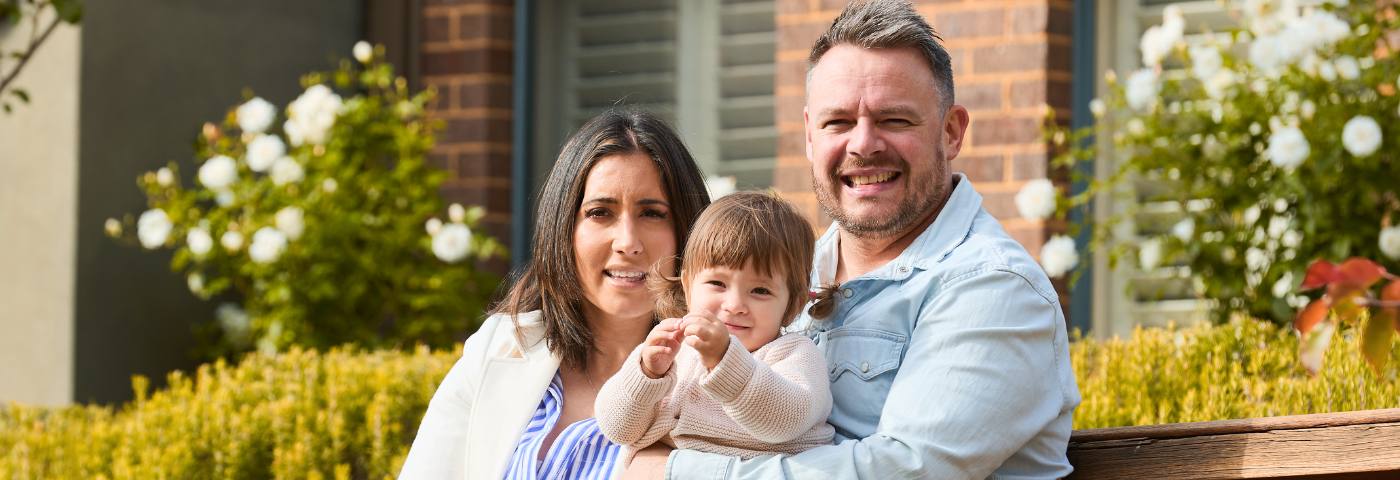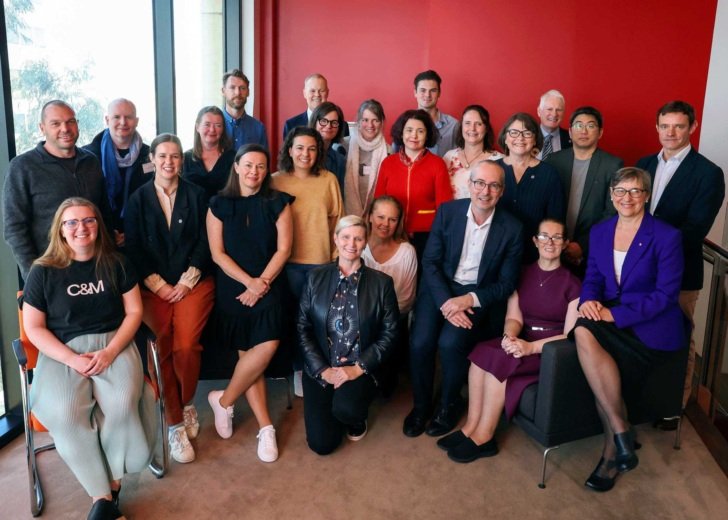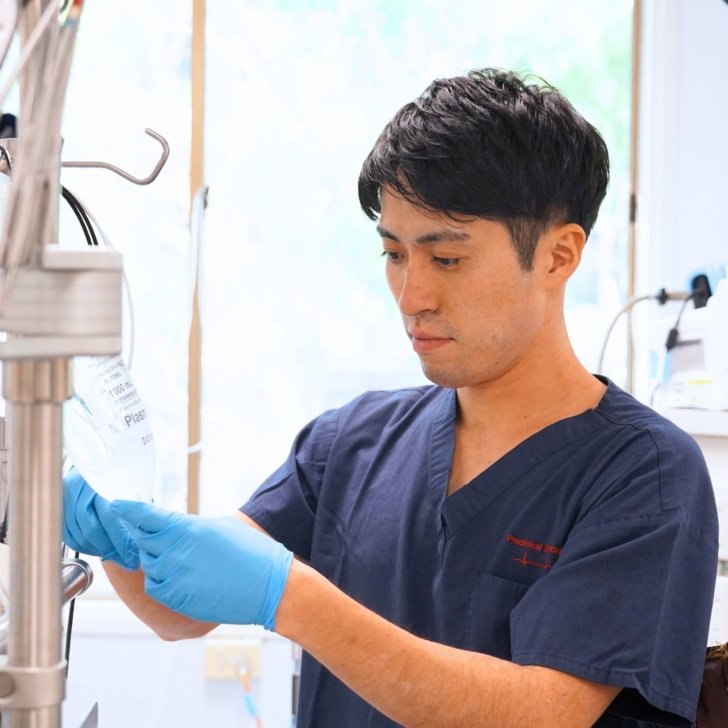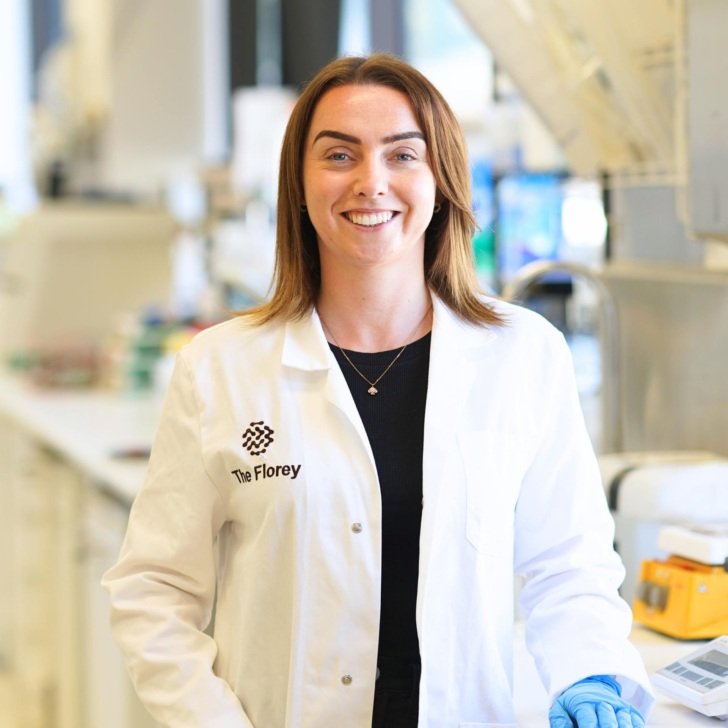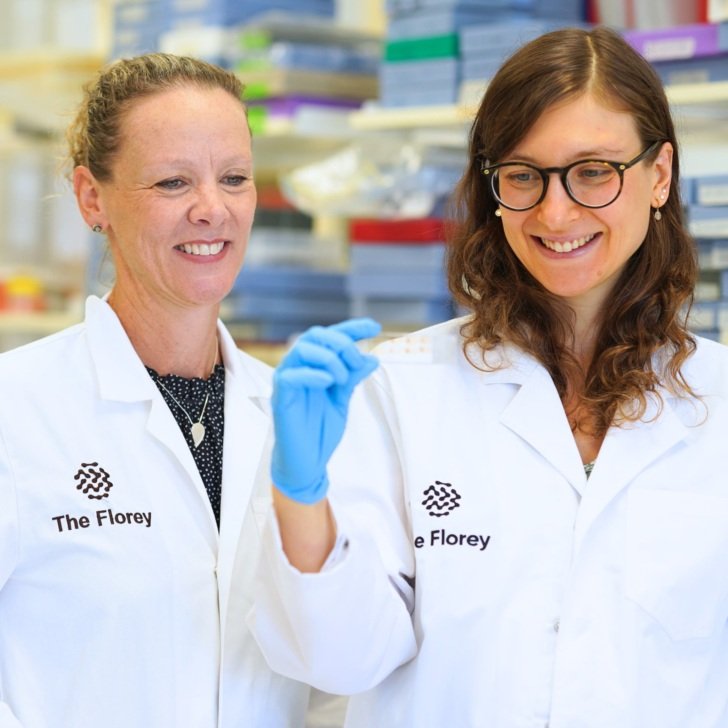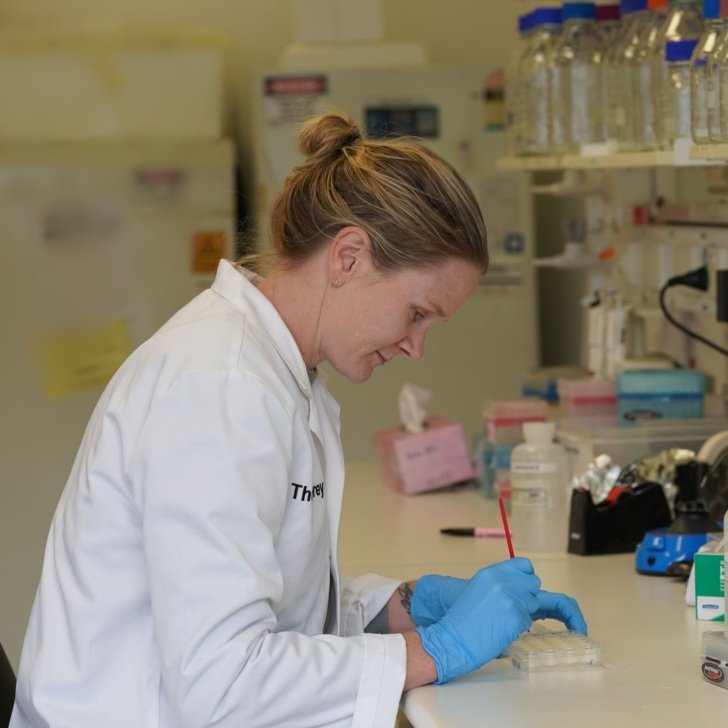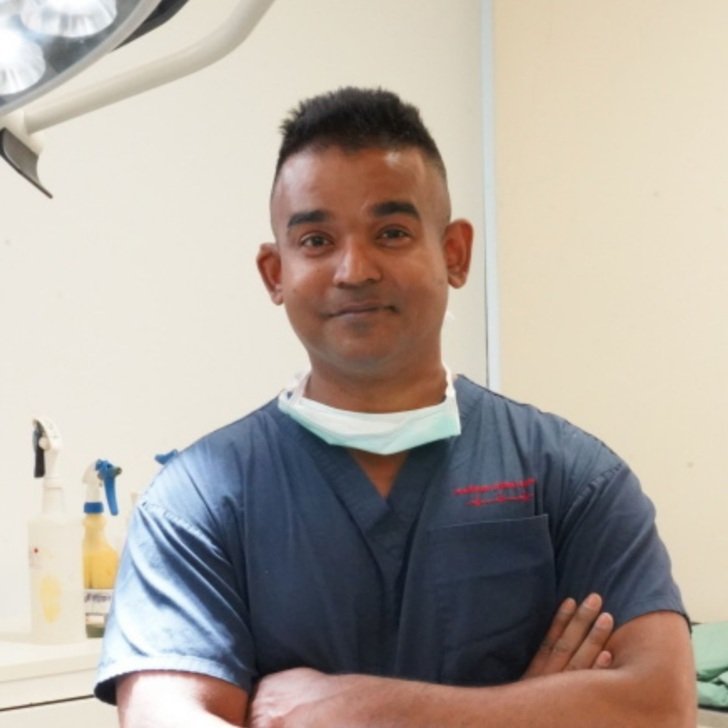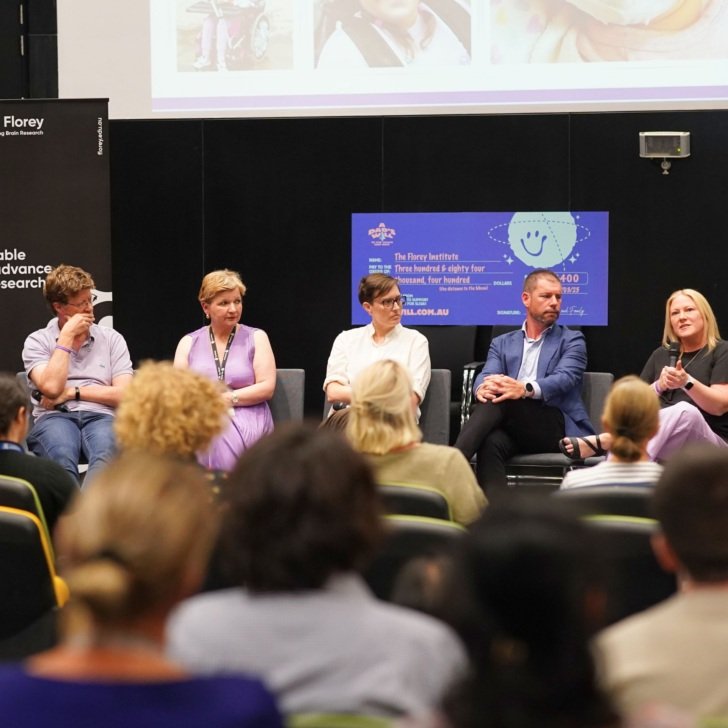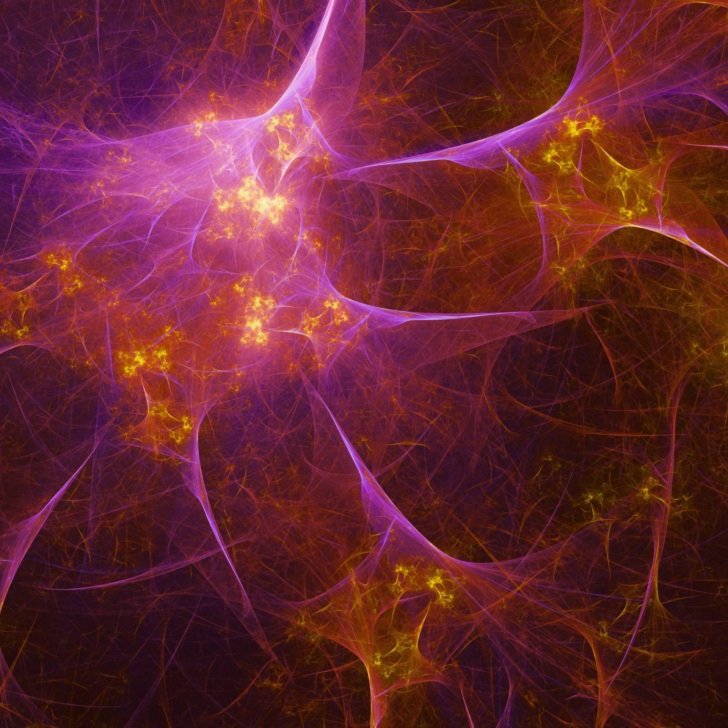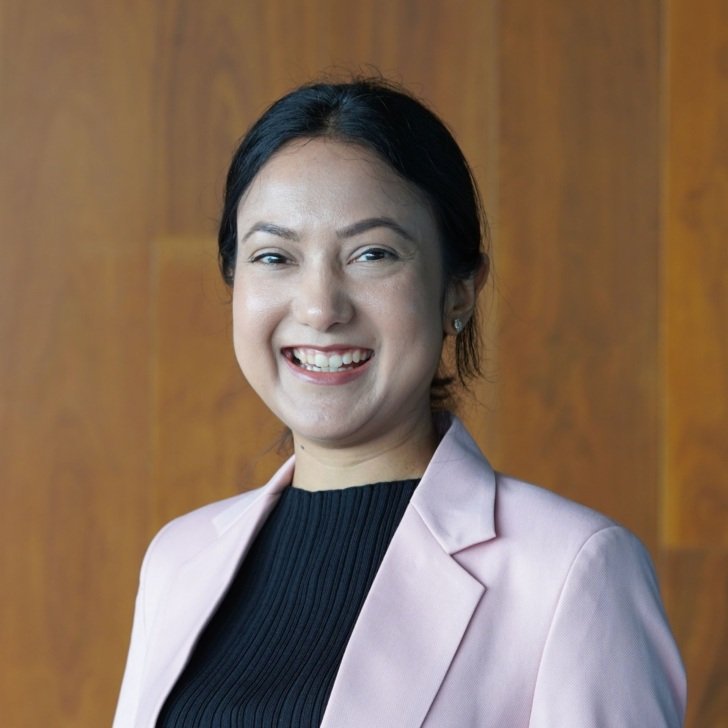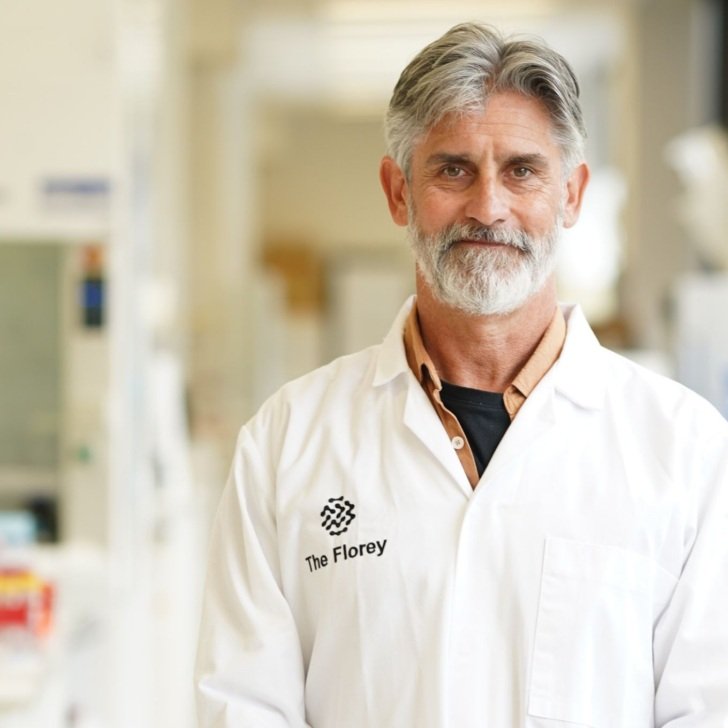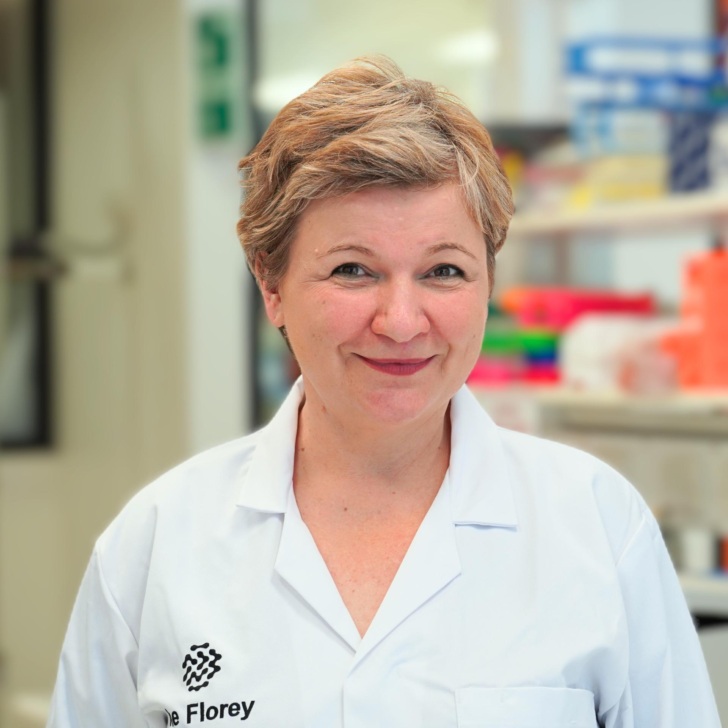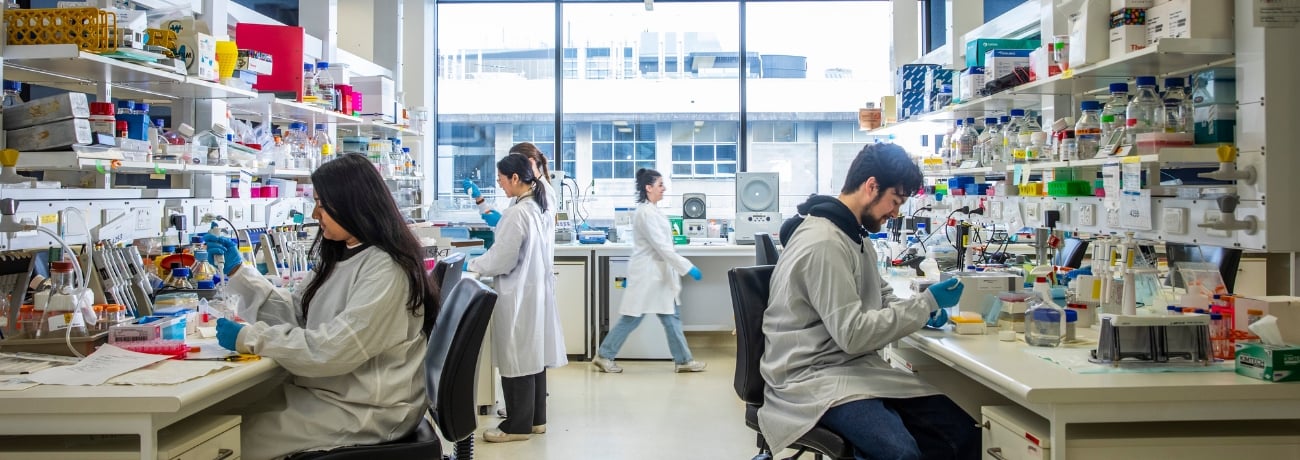Brianna Magdalani had a stroke when she was 29 years old and 17 weeks pregnant with her first child.
“I felt a big pain in my head. My partner called the ambulance, and I ended up being in a coma for three weeks,” Brianna said.
It was revealed that an arteriovenous malformation (AVM) had ruptured. An AVM is a congenital defect affecting only one per cent of the population, where a person is born with tangled blood vessels in their head that can one day rupture. Brianna’s AVM led to a haemorrhage.
“I then spent 2 months in the neuro ward and I was transferred to rehabilitation where I spent another 8 months.”
Brianna’s baby was then born in August.
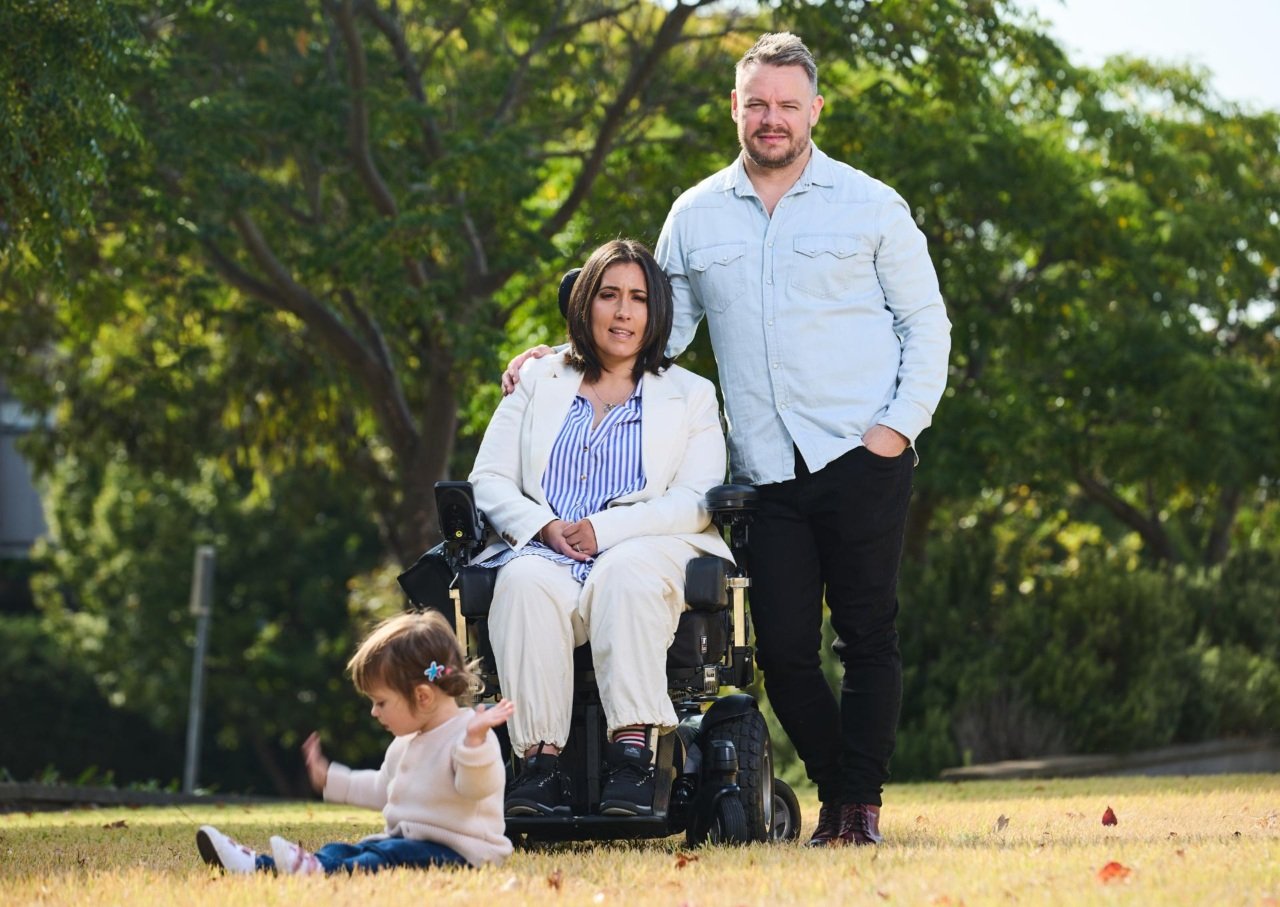
Each day, 18 young Australians (18 to 45 years) will have a stroke. Almost 1 in 4 strokes in Australia are experienced by young people. And 88% of young people with stroke say they have unmet needs, something The Florey’s Young Stroke Service is eager to change.
I think there is a common misconception that stroke only happens to old people – that’s a general societal misconception.
“Even in my own network people say ‘what do you mean you had a stroke? It doesn’t make sense’,” Brianna said.
Florey researchers say that stroke is often misdiagnosed in people aged 18 to 45 – and it can severely impact a young person’s life. People can struggle with their identity, ability to work or study, relationships and emotional wellbeing.
Discovering the Young Stroke Service
“One day I was Googling young stroke and trying to better understand stroke for myself, and I came across the Young Stroke Service.
“I thought this would be really good to participate in and share my experiences for other people who may be in my position. Because I initially didn’t know that young people had stroke.”
Brianna submitted an online application and then attended the Young Stroke Service launch and was welcomed into the service. She has volunteered to be part of the Lived Experience Contributor group, co-designing the service.
Brianna says she enjoyed connecting with others and sharing experiences.
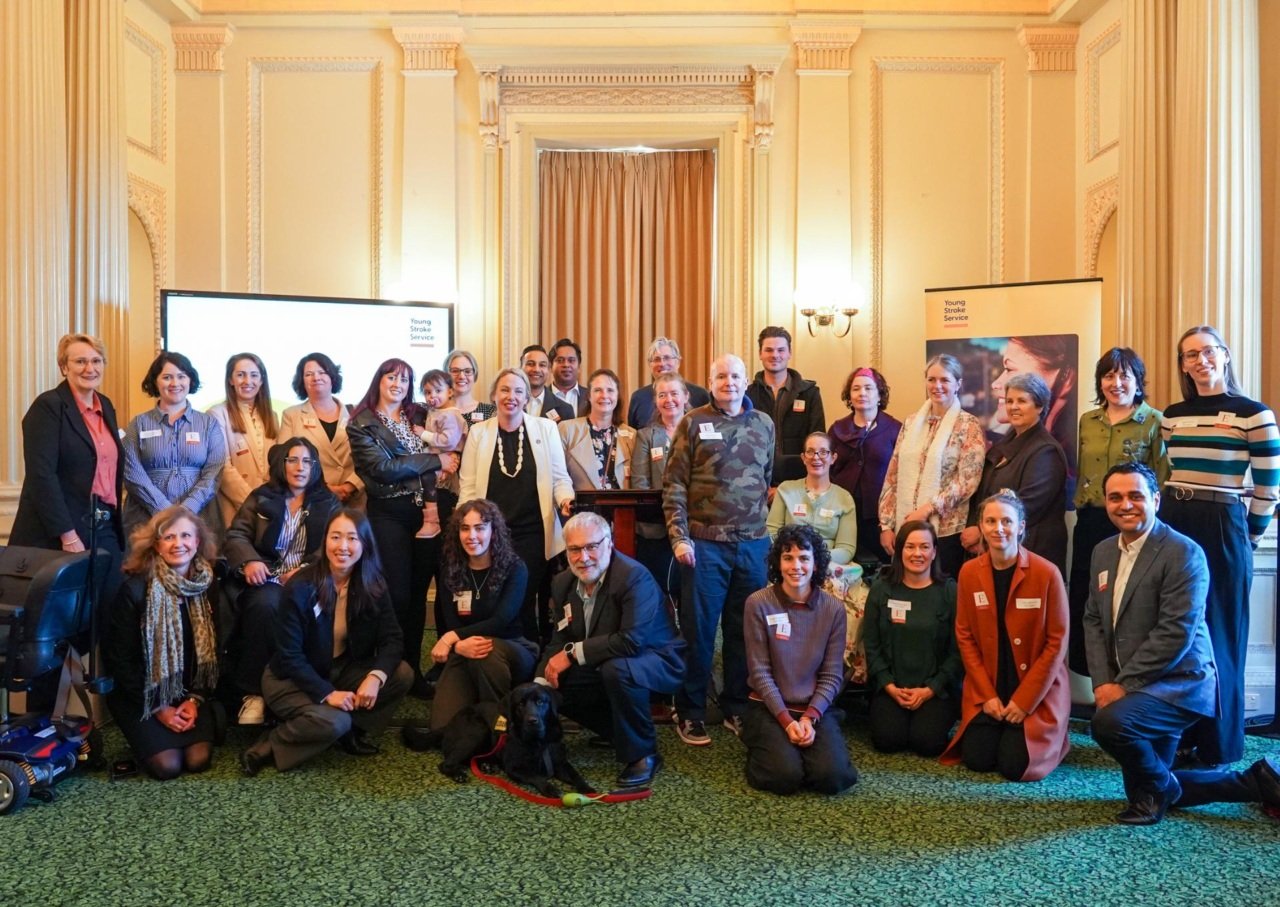
“I think it’s valuable to contribute because AVMs affect only one per cent of the population and pregnant AVMs are even smaller percentage. If I can help someone else that is in my position, that’s really important,” she said.
Brianna says there needs to be greater awareness of how stroke affects many young people in the community.
The Young Stroke Service has given me avenues for how in the future I might be able to get assistance. I have met other people with stroke who I can refer the service to because it will help them.
Professor Vincent Thijs, co-lead Investigator for the Young Stroke Service, said the incidence of stroke in young people is increasing globally and for many young people the cause of stroke is unclear.
“By working with young people living with stroke to co-design and deliver new evidence-based approaches to diagnose and manage stroke, we aim to implement clinical interventions that improve outcomes and help young people return to the things that are important to them.”
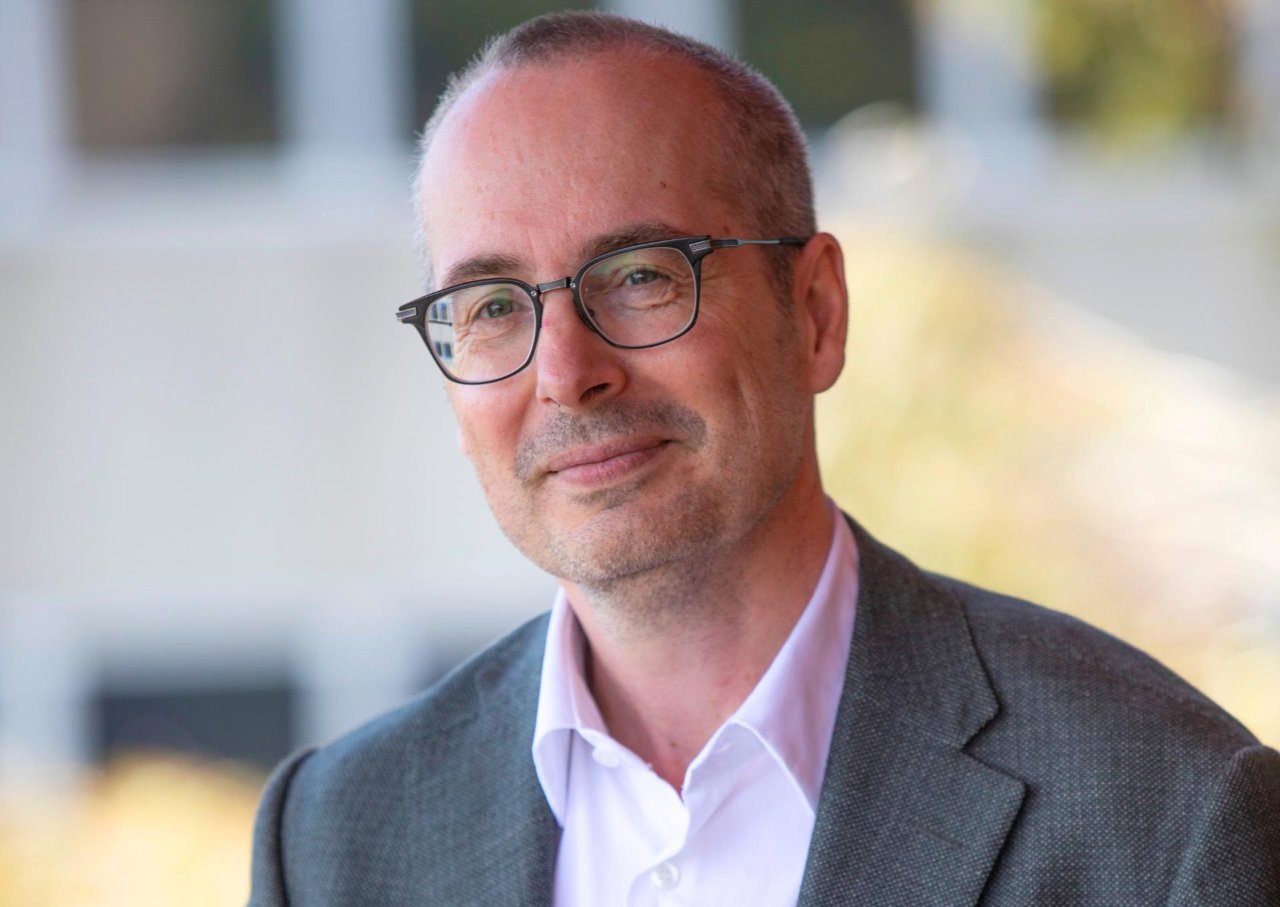
Professor Thijs says health services do not always cater to the needs of young stroke survivors.
“Our team will review a patient’s goals with them and develop a plan to address their specific needs, assisting patients to access appropriate services and specialised assessments.
“Where patients would otherwise experience a gap in treatment options, they may receive bespoke services from within our program.”
Dr Karen Borschmann manages the Young Stroke Service and says that she is inspired by the work that she is undertaking with Brianna and the other 15 members of the Lived Experience Contributor group.
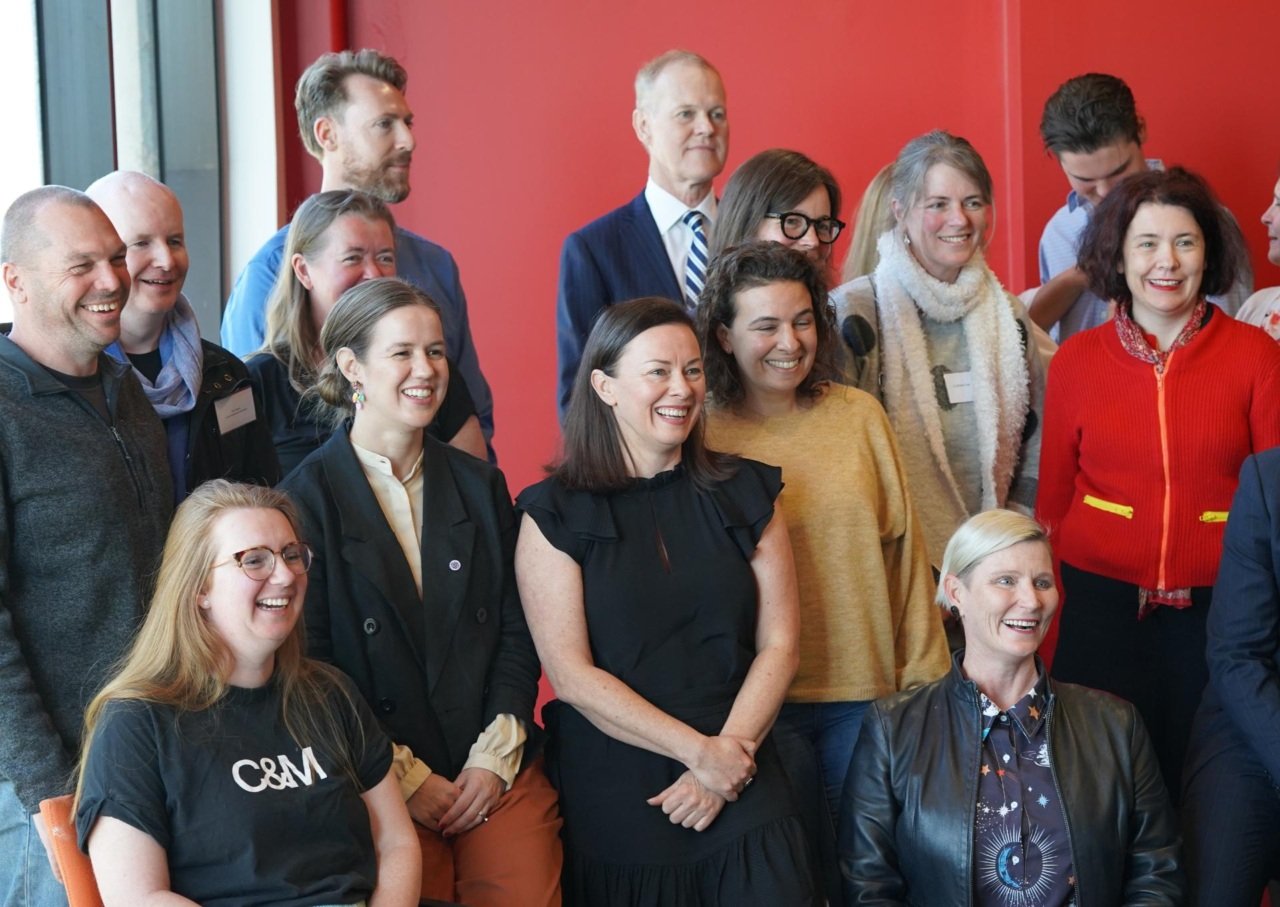
“Everyone in the group is so dynamic and motivated to build this into a life-changing service,” said Dr Borschmann.
“We have already received beautiful feedback from patients about the positive impact that Young Stroke Service has had on their lives.”
By 2050, there will be 142,000 young Australians living with stroke. Imagine the impact that we could have on the whole community if Young Stroke Service was available to all young Australians.
